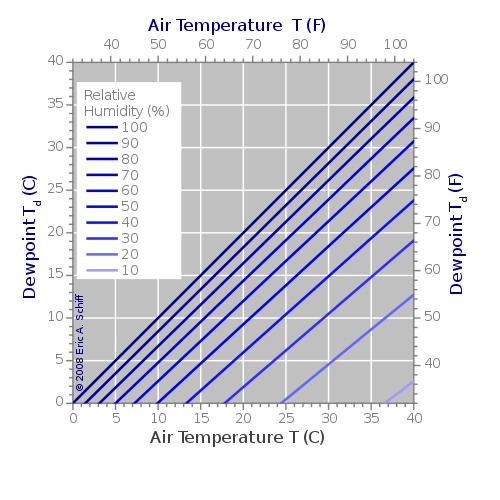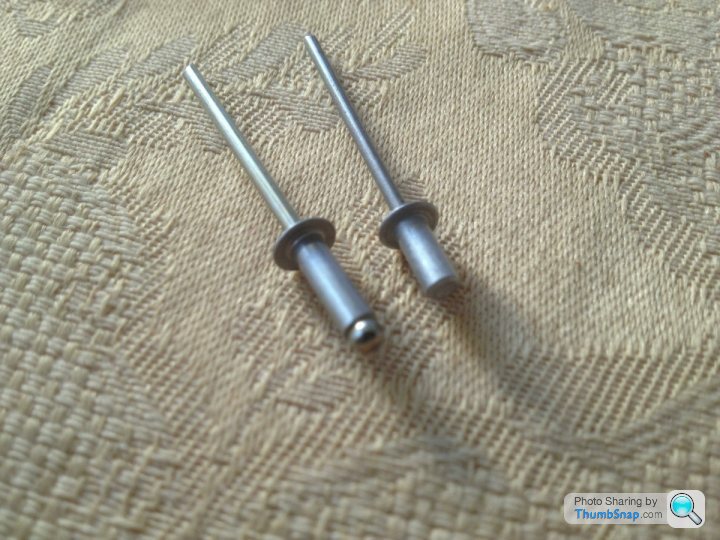Water in the chassis
Discussion
I had the help of some muscle power this afternoon to flip my chassis over so that I can drill the rivet hole for the panels underneath.
BIG SURPRISE.... a stream of water came out from the rivet holes of the rear upper bulkhead cross tube
I don't think this is normal Has anybody seen this before as I can't imagine the equivalent of a small glass of condensation building up inside the tubes. I am now seriously concerned for the inner integrity of the tubing and later consequences.
Has anybody seen this before as I can't imagine the equivalent of a small glass of condensation building up inside the tubes. I am now seriously concerned for the inner integrity of the tubing and later consequences.
Your remarks will be appreciated. For those who may suggest contacting Ted and Richard, yes I have sent a mail to the Factory.
BIG SURPRISE.... a stream of water came out from the rivet holes of the rear upper bulkhead cross tube

I don't think this is normal
 Has anybody seen this before as I can't imagine the equivalent of a small glass of condensation building up inside the tubes. I am now seriously concerned for the inner integrity of the tubing and later consequences.
Has anybody seen this before as I can't imagine the equivalent of a small glass of condensation building up inside the tubes. I am now seriously concerned for the inner integrity of the tubing and later consequences.Your remarks will be appreciated. For those who may suggest contacting Ted and Richard, yes I have sent a mail to the Factory.
Firstly, I would suggest getting a dehumidifier in the garage and running it for a few days.
If you have a carcoon, put the chassis in it and leave the flaps open to dry it.
There is no point in suggesting blind rivets yet, as that will just seal in any condensation that is in the tubes already.
You need to dry the inside as best you can, then get some cavity wax in asap.
Bilt Hamber Dynax S50 on the Bilt Hamber website is sold with a 60cm injecting lance. This product will inhibit existing corrosion as well as preventing future corrosion.
If you have a carcoon, put the chassis in it and leave the flaps open to dry it.
There is no point in suggesting blind rivets yet, as that will just seal in any condensation that is in the tubes already.
You need to dry the inside as best you can, then get some cavity wax in asap.
Bilt Hamber Dynax S50 on the Bilt Hamber website is sold with a 60cm injecting lance. This product will inhibit existing corrosion as well as preventing future corrosion.
Thanks for all the comments.
I was aware of the recent thread talking about the corrosion on the rear tubes under the gearbox area of Mr. Snood's chassis as I also posted some comments and his chassis has 3 years of usage.
My chassis however is brand new, has never been (to my knowledge) out in the rain and I cannot understand how around 1-2dl of water poured out of the holes. All of the chassis tubes were airtight until I drilled the first rivet hole and that was one week ago.
My workshop is perfectly dry and shows a constant humidity level of 60-65% controlled by a hygrometer, so at that level no need for a dryer. The comfort humidity level recommended in living areas is between 55-65%. What is measured in the workshop can be considered normal. Nothing else rusts in the place (tools, screws, nails, parts), so the measured humidity level can be, in my opinion, ruled out. The water which drained out of the tube was perfectly clear with a very slight metallic taste (yes I sampled some...). I may ask the metallurgical laboratory of the Swiss Federal Polytechnical School (EPFL) in Lausanne for comments and recommendations.
I sprayed Waxoyl in each and every rivet hole. I can understand and adhere to the recommendation of using enclosed blind rivets for all panels which are exposed to water and possible ingress.
The Factory has been informed and I expect a reply tomorrow and will keep you informed of any other news.
A worried and frustrated new owner signing out for the moment
I was aware of the recent thread talking about the corrosion on the rear tubes under the gearbox area of Mr. Snood's chassis as I also posted some comments and his chassis has 3 years of usage.
My chassis however is brand new, has never been (to my knowledge) out in the rain and I cannot understand how around 1-2dl of water poured out of the holes. All of the chassis tubes were airtight until I drilled the first rivet hole and that was one week ago.
My workshop is perfectly dry and shows a constant humidity level of 60-65% controlled by a hygrometer, so at that level no need for a dryer. The comfort humidity level recommended in living areas is between 55-65%. What is measured in the workshop can be considered normal. Nothing else rusts in the place (tools, screws, nails, parts), so the measured humidity level can be, in my opinion, ruled out. The water which drained out of the tube was perfectly clear with a very slight metallic taste (yes I sampled some...). I may ask the metallurgical laboratory of the Swiss Federal Polytechnical School (EPFL) in Lausanne for comments and recommendations.
I sprayed Waxoyl in each and every rivet hole. I can understand and adhere to the recommendation of using enclosed blind rivets for all panels which are exposed to water and possible ingress.
The Factory has been informed and I expect a reply tomorrow and will keep you informed of any other news.
A worried and frustrated new owner signing out for the moment

Daniel,
I would drill a single hole in every chassis tube just to make sure there's no water in the others. You can then put rivets in them after a squirt of waxoyl has been applied. I actually prefer to use engine oil because it stays runny, and will flow into cracks, and should any rust appear, its roughness will allow the oil to cover it through capillary action (my theory, anyway).
Years ago I helped a friend replace his rusted sill that had been waxoyled. Where the Wax had been was really rust free, but some of the areas that hadn't been covered had rusted. Water in an enclosed space will increase the humidity of the trapped air, whereas Wax (I can only assume) won't spread as a vapour.
I used to sparingly brush my old engine oil onto the underbody of my Volvo, and its floorpan still looks almost new after 43 years.
Daniel
ETA: Your problem almost sounds like sabotage. I wonder if someone has a problem with the factory. Have you been paying your bills on time, Ultima Factory?
I would drill a single hole in every chassis tube just to make sure there's no water in the others. You can then put rivets in them after a squirt of waxoyl has been applied. I actually prefer to use engine oil because it stays runny, and will flow into cracks, and should any rust appear, its roughness will allow the oil to cover it through capillary action (my theory, anyway).
Years ago I helped a friend replace his rusted sill that had been waxoyled. Where the Wax had been was really rust free, but some of the areas that hadn't been covered had rusted. Water in an enclosed space will increase the humidity of the trapped air, whereas Wax (I can only assume) won't spread as a vapour.
I used to sparingly brush my old engine oil onto the underbody of my Volvo, and its floorpan still looks almost new after 43 years.
Daniel
ETA: Your problem almost sounds like sabotage. I wonder if someone has a problem with the factory. Have you been paying your bills on time, Ultima Factory?
Edited by dandare on Monday 28th January 10:59
I did a bit of trawling on the net to find out more about condensation and dew point. I would like to show you this interesting chart which shows that if you are in a relative high humidity context and lowish temperatures you are going to be close or even above the corresponding dew point. So builders in non heated garages BEWARE...!


Edited by UltimaCH on Tuesday 29th January 12:17
ambar said:
err....http://www.pistonheads.com/gassing/topic.asp?h=0&f=20&t=1218198&nmt=
and within that threadUltima factory said:
We feel it is worth pointing out these facts regarding this thread:
1. It appears to be 99% certain that the corrosion occurred in this instance due to a non factory transaxle mounting method being used. Furthermore it crushed the chassis member due to poor design as shown in the pics.
...........
1. It appears to be 99% certain that the corrosion occurred in this instance due to a non factory transaxle mounting method being used. Furthermore it crushed the chassis member due to poor design as shown in the pics.
...........
UltimaCH said:
The water which drained out of the tube was perfectly clear with a very slight metallic taste (yes I sampled some...). I may ask the metallurgical laboratory of the Swiss Federal Polytechnical School (EPFL) in Lausanne for comments and recommendations.
I may have misunderstood, but wouldn't the only possible condensate from Waxoyl be white spirit, not water?Gassing Station | Ultima | Top of Page | What's New | My Stuff





